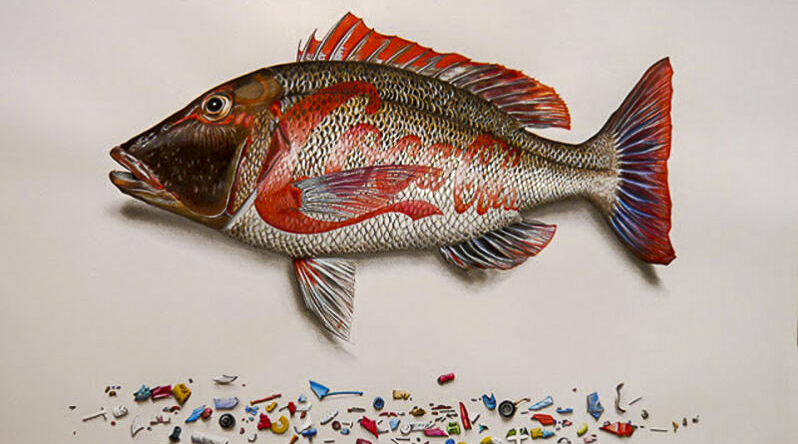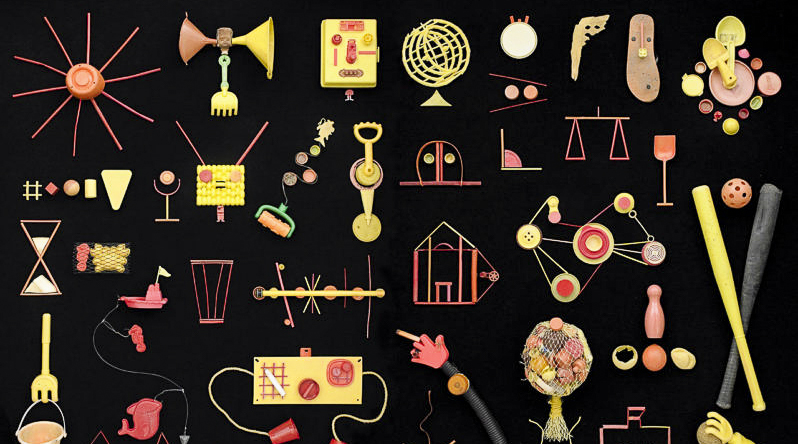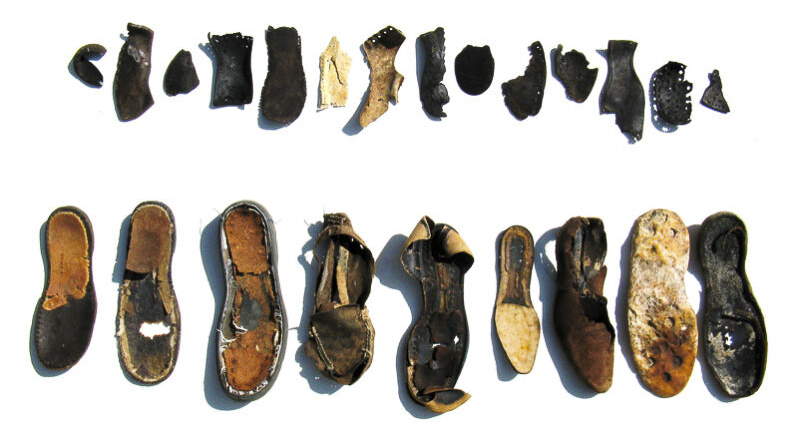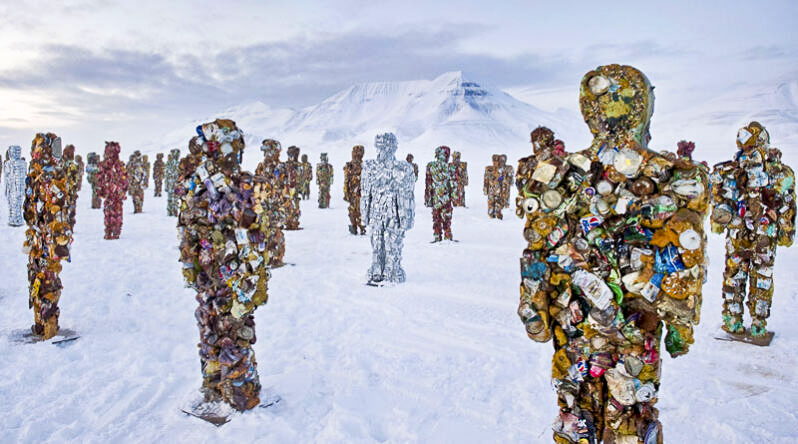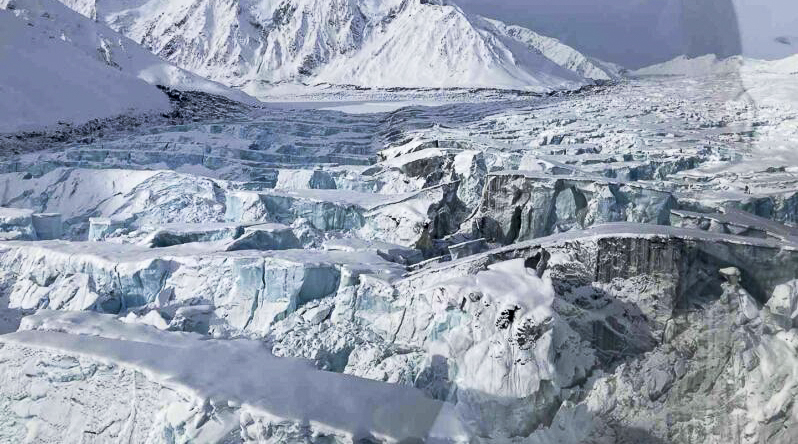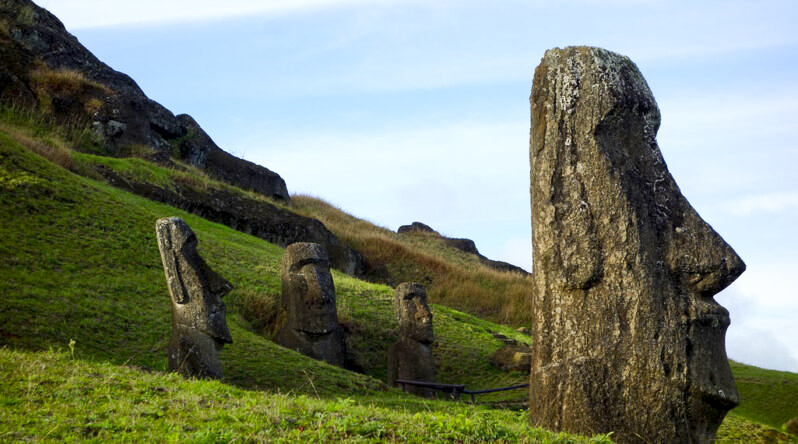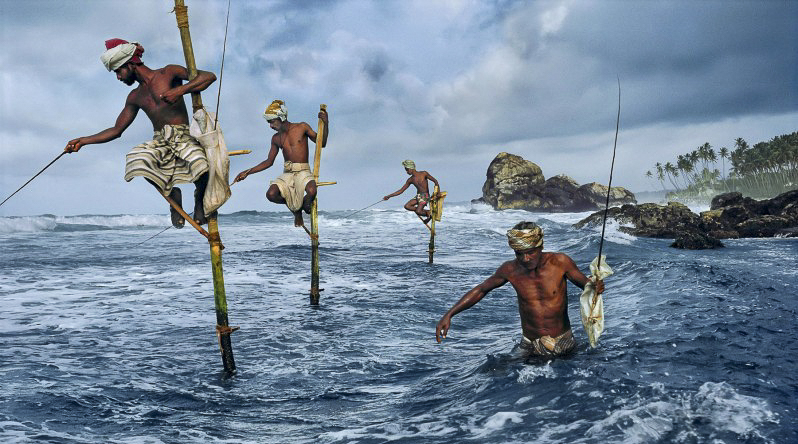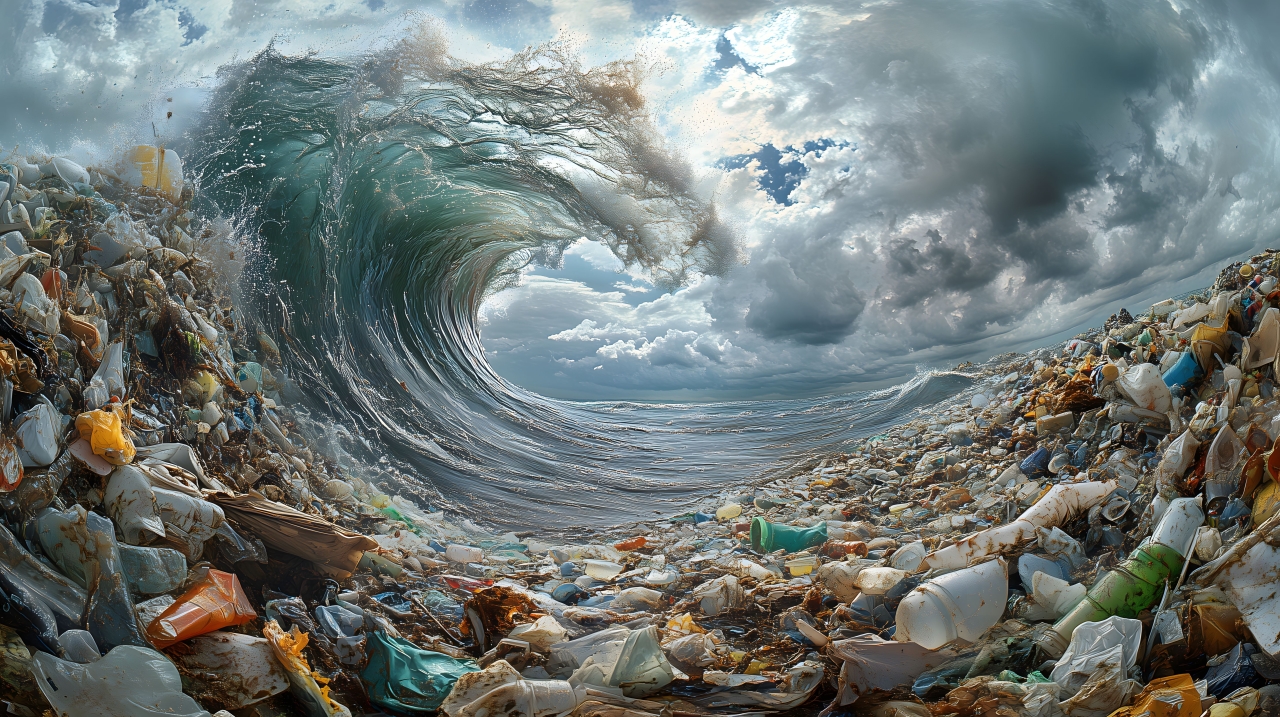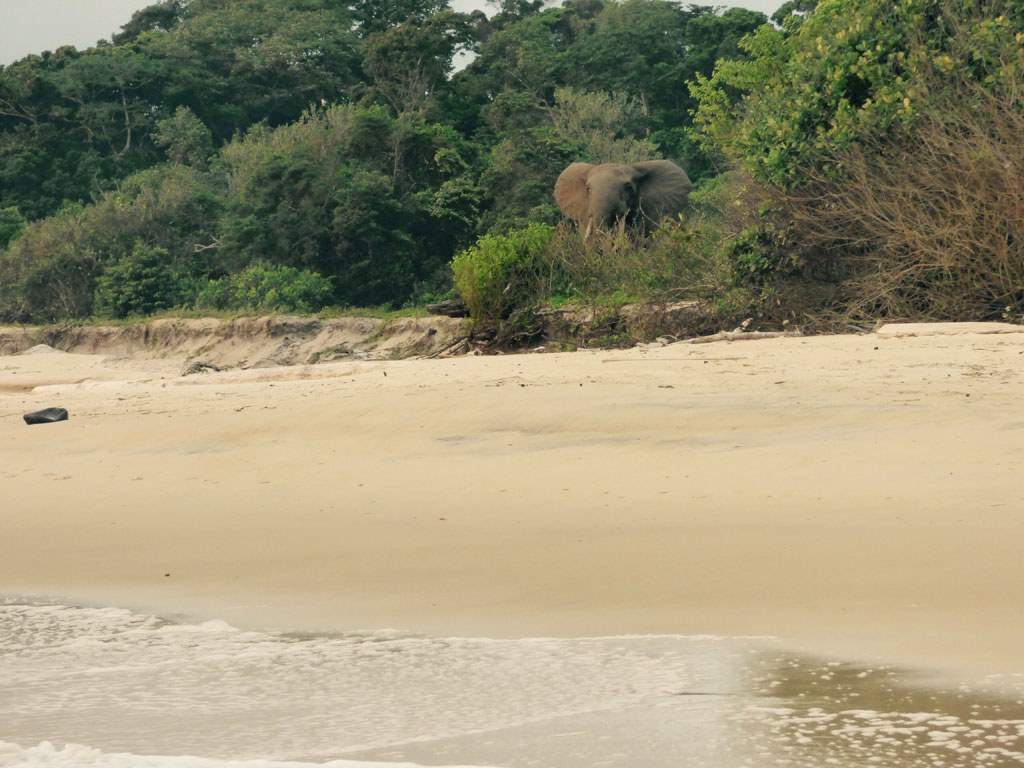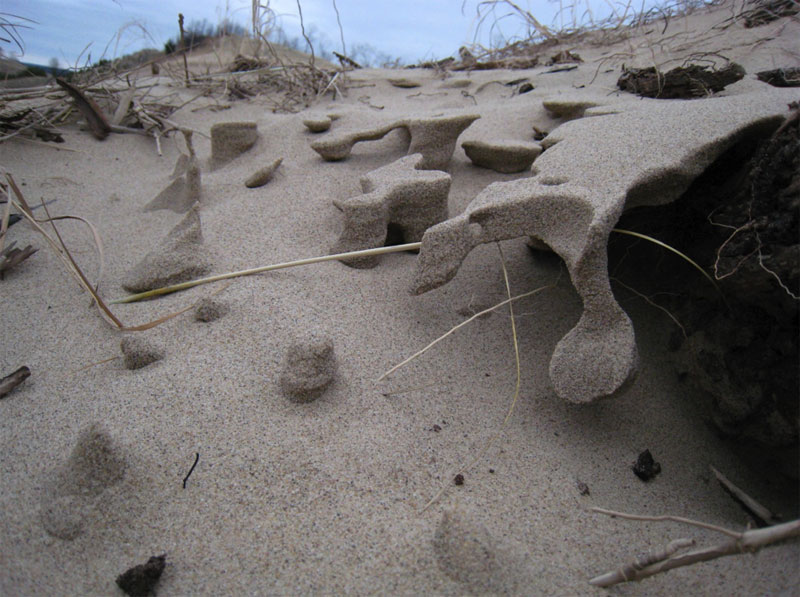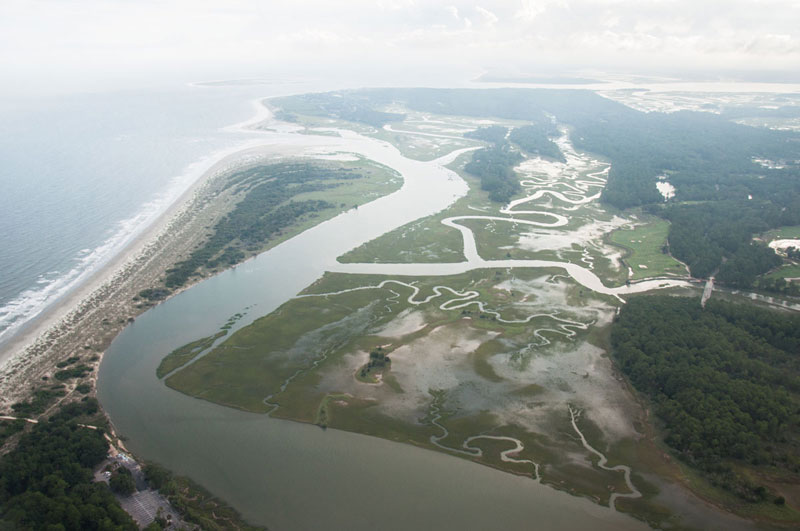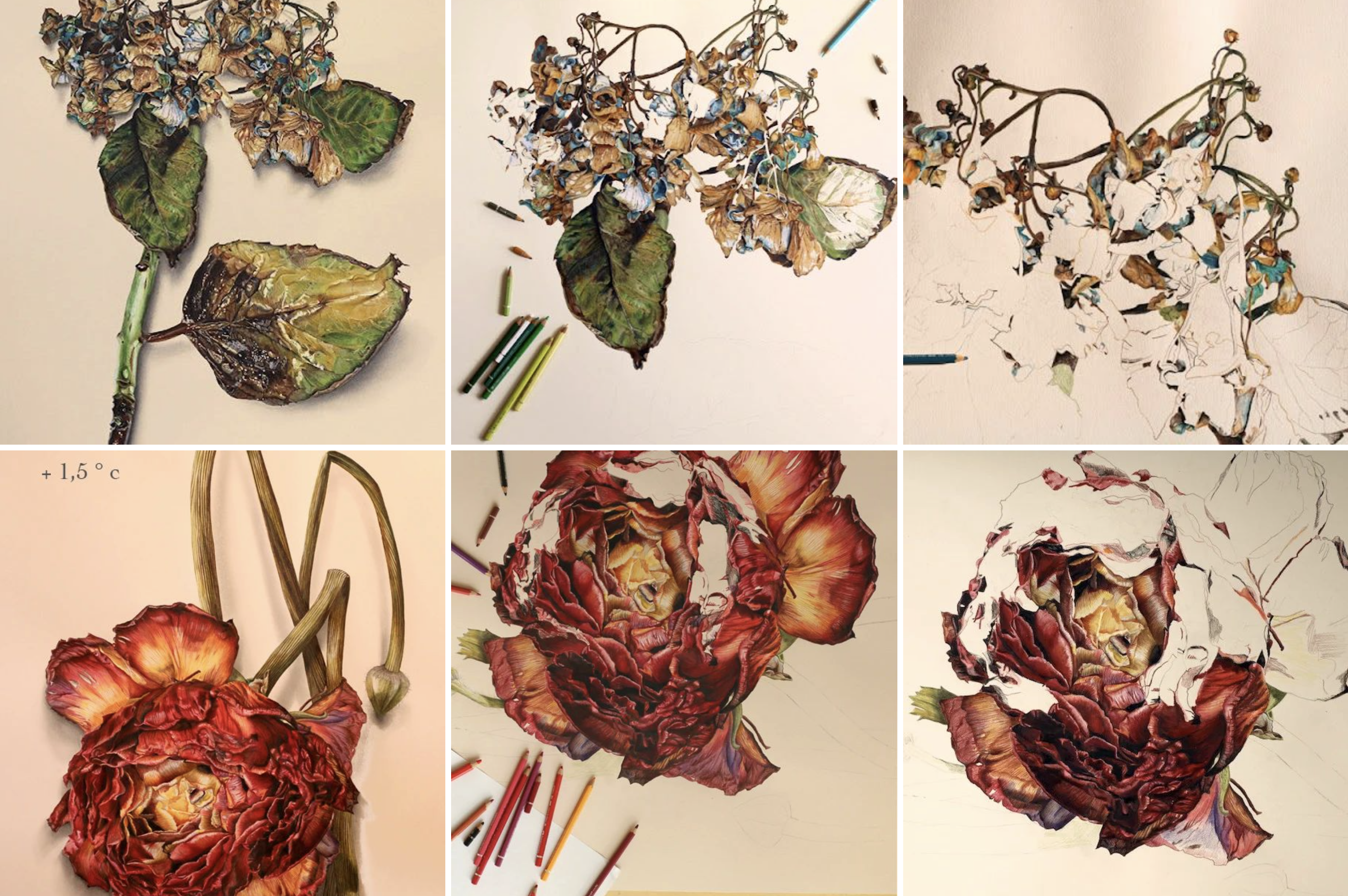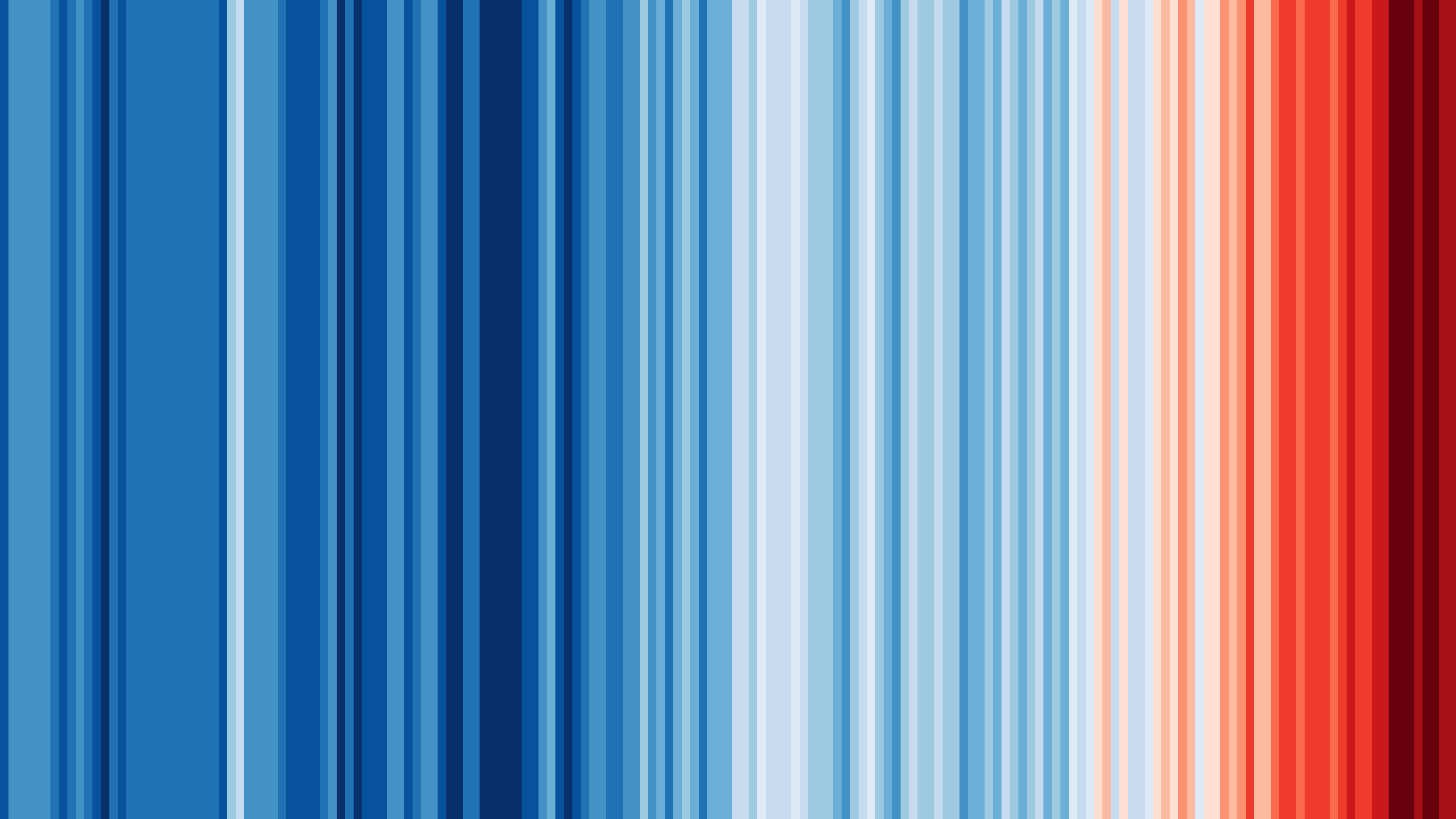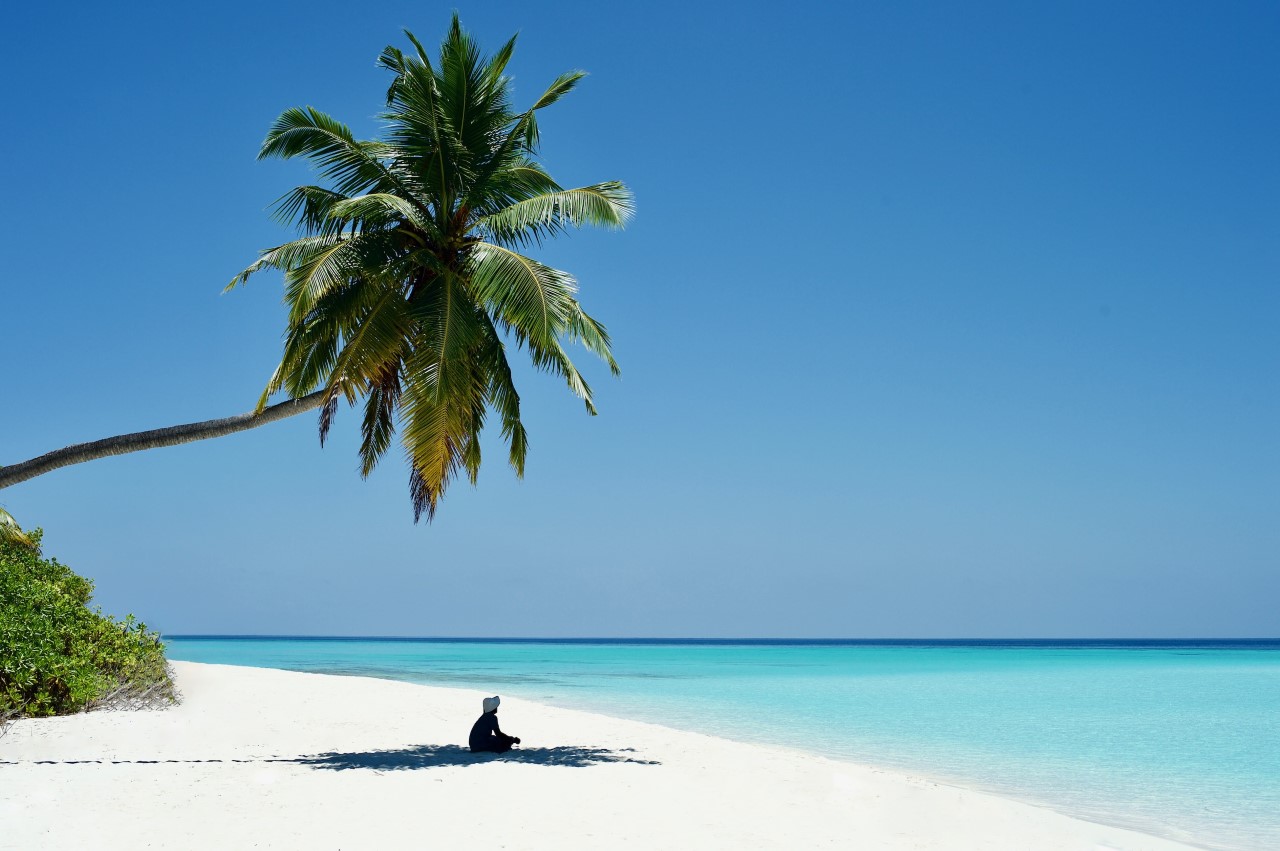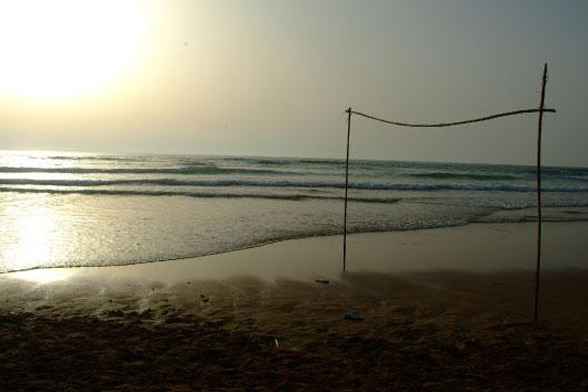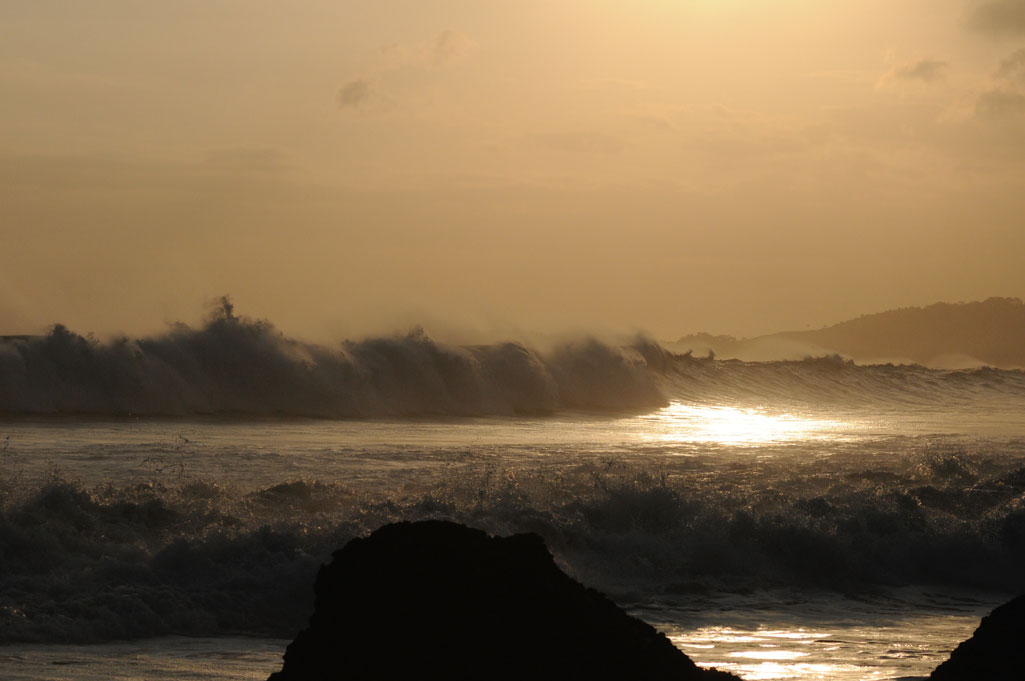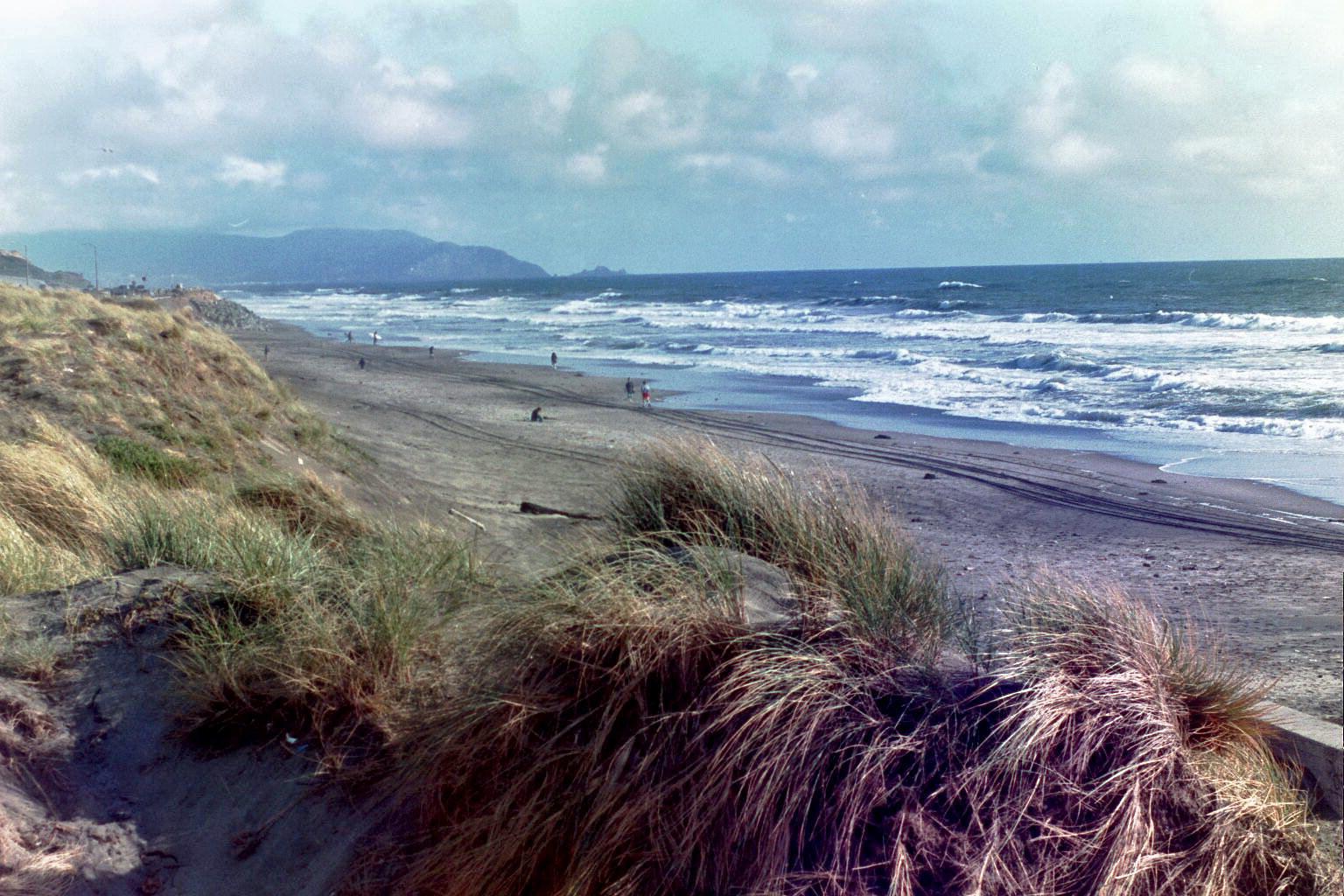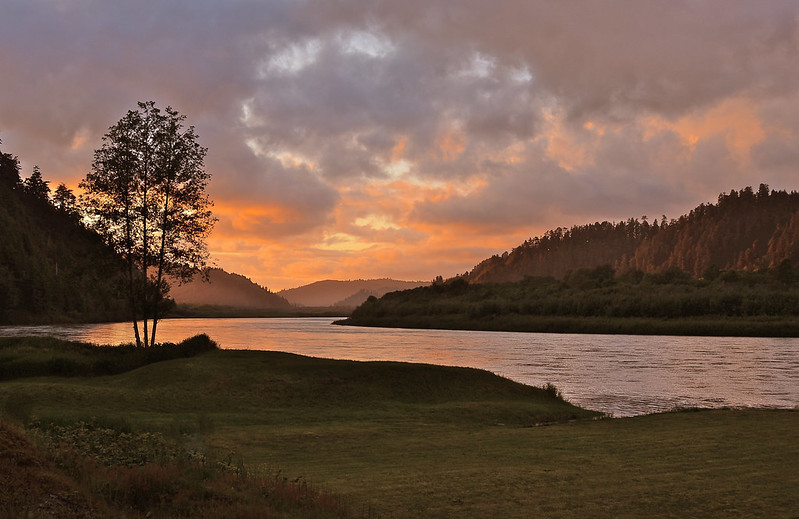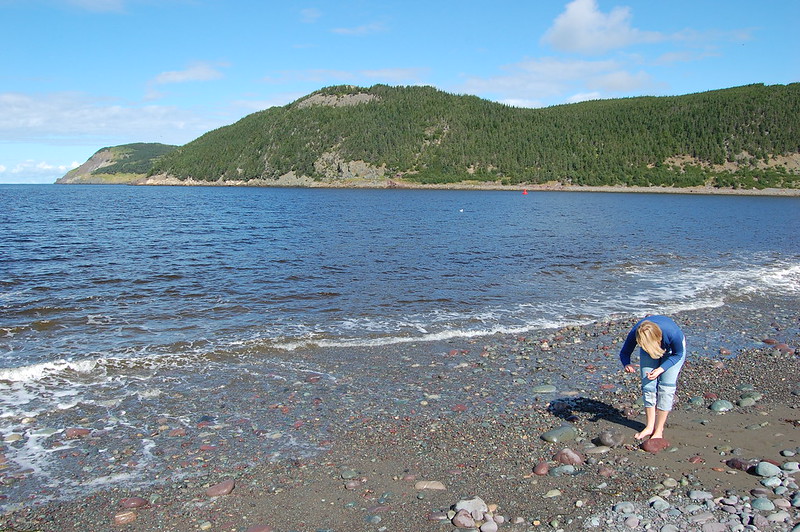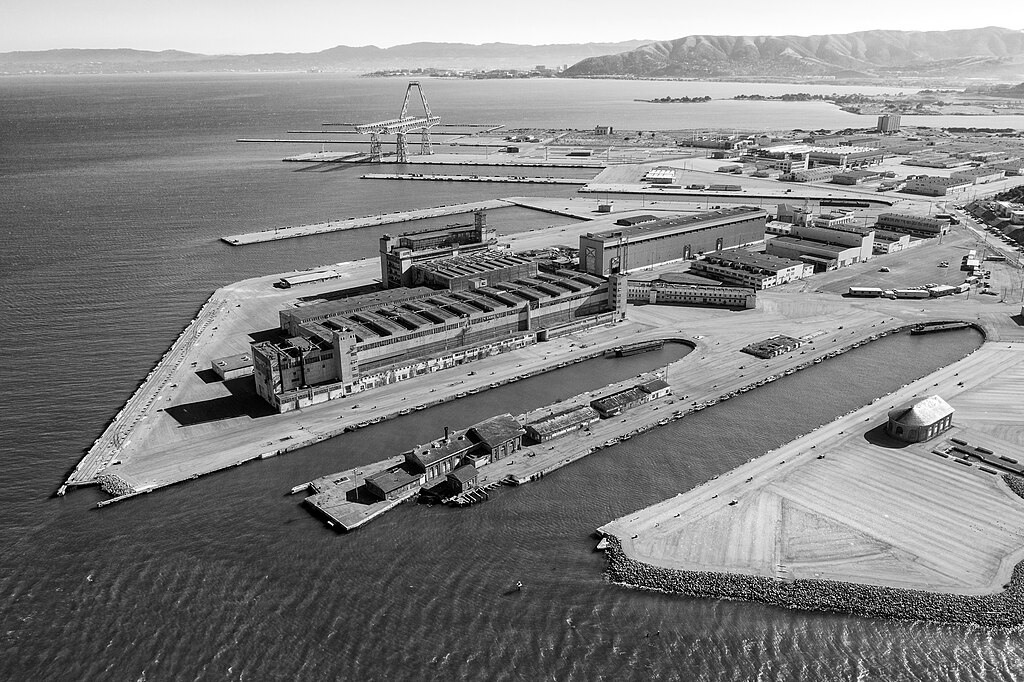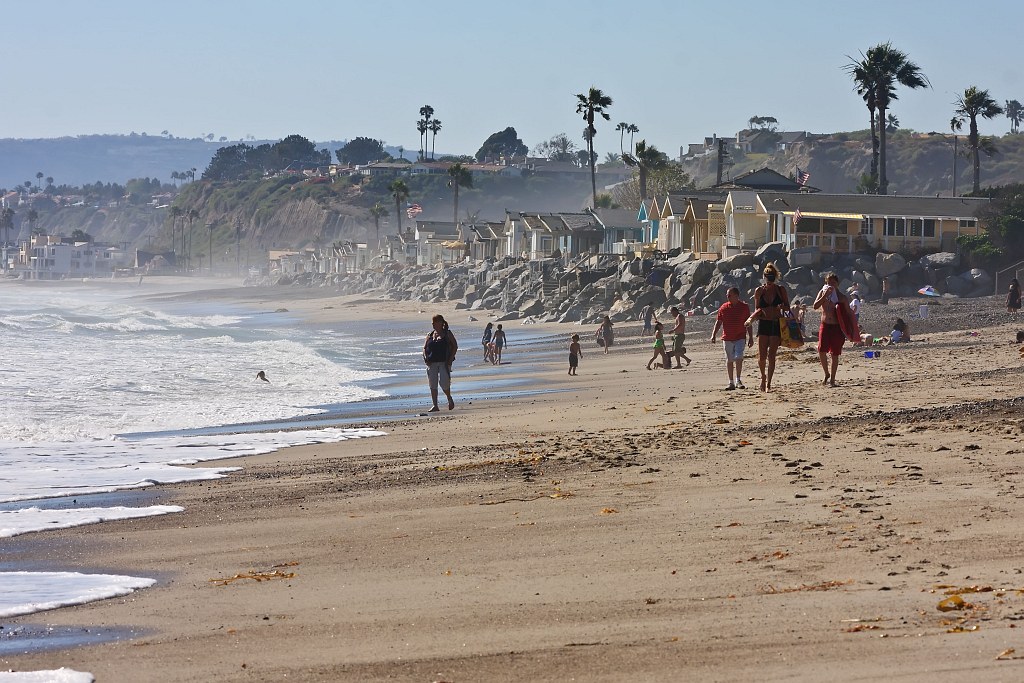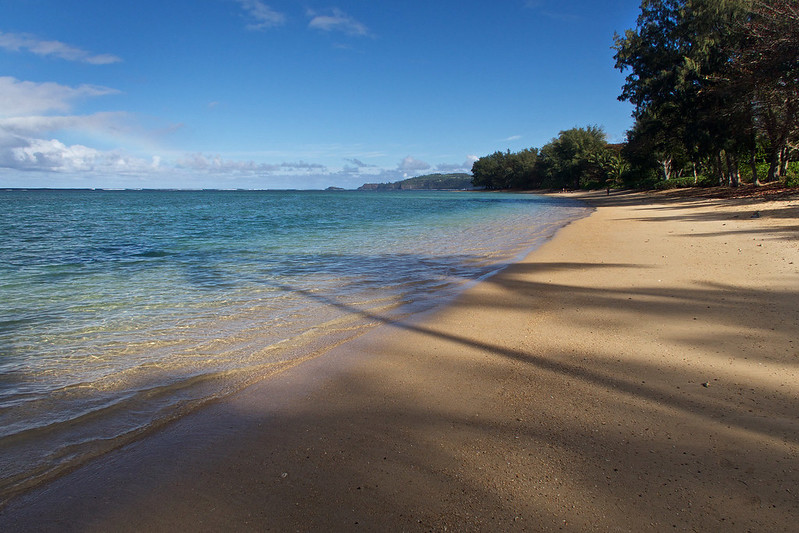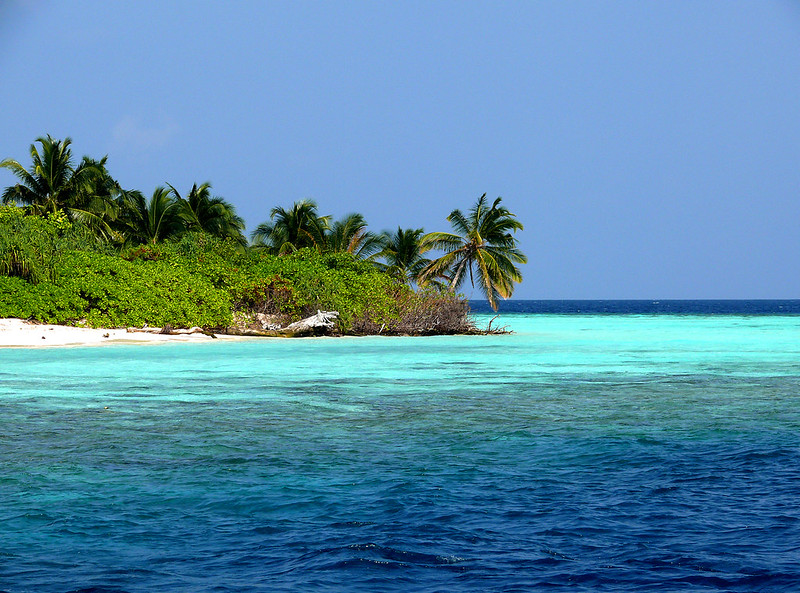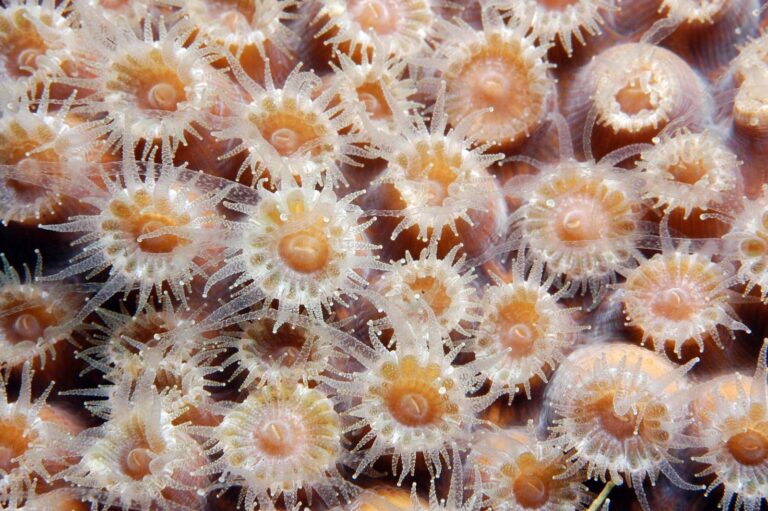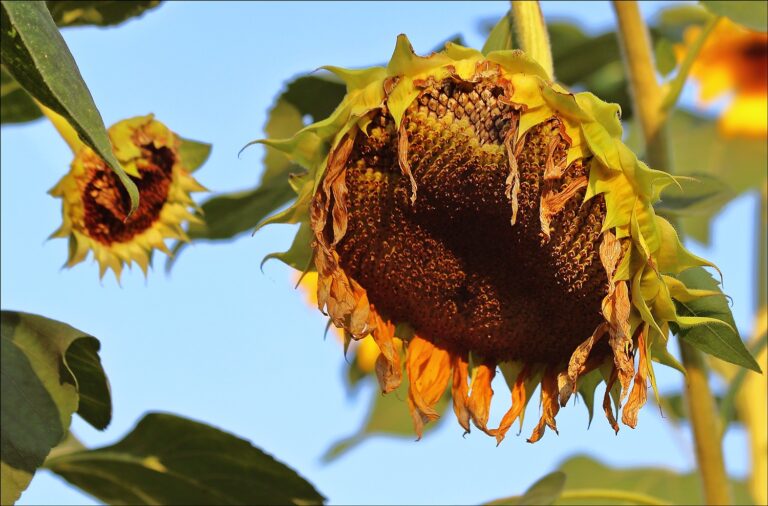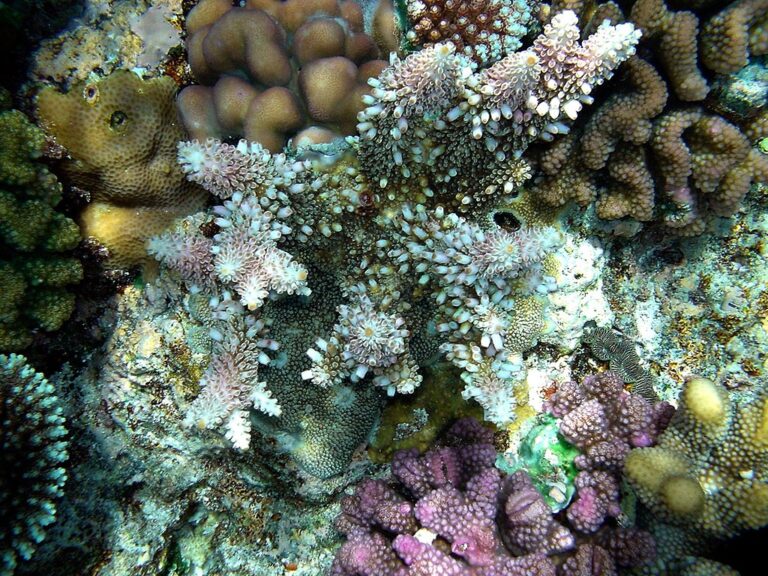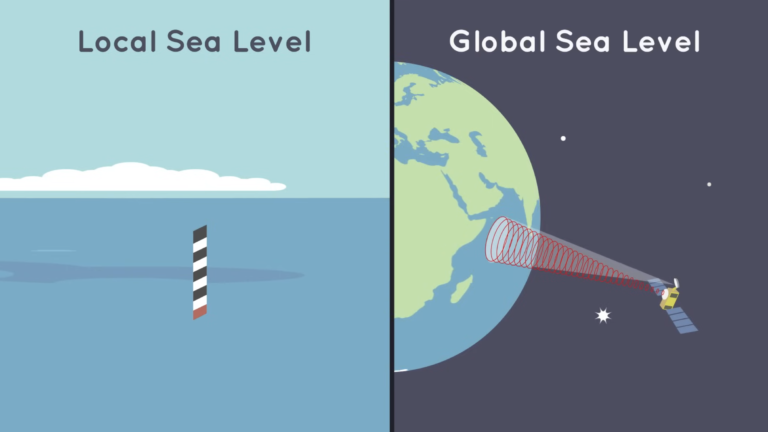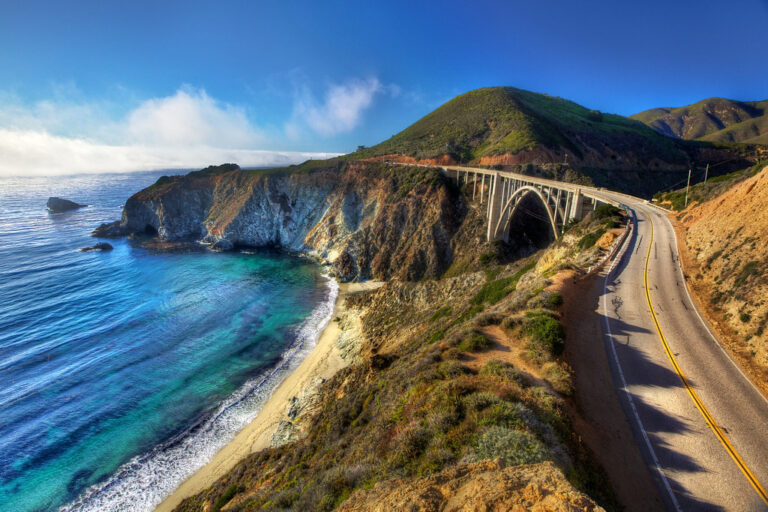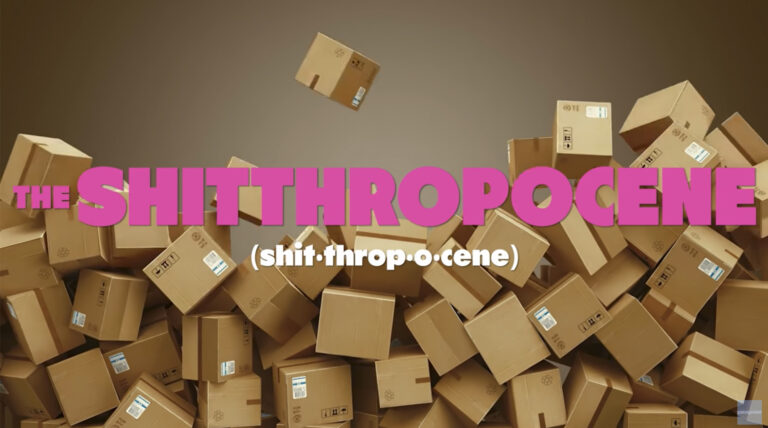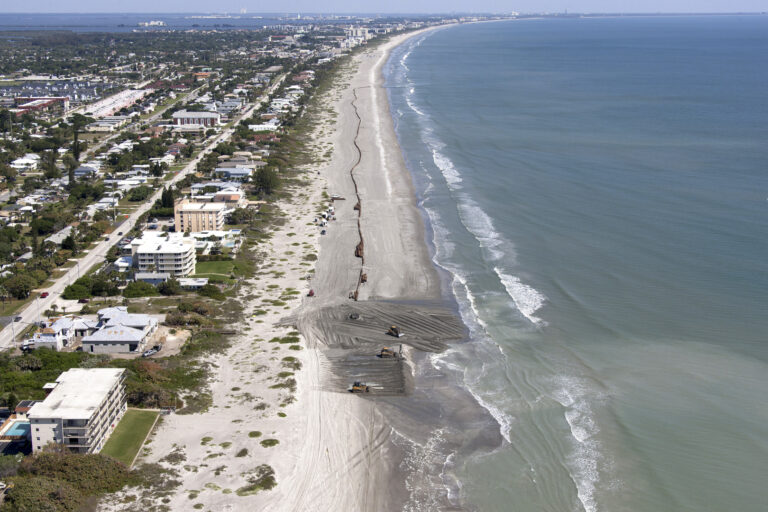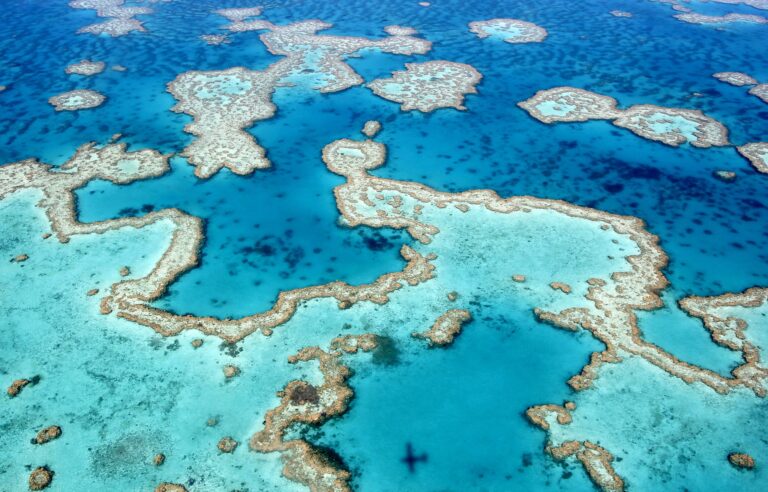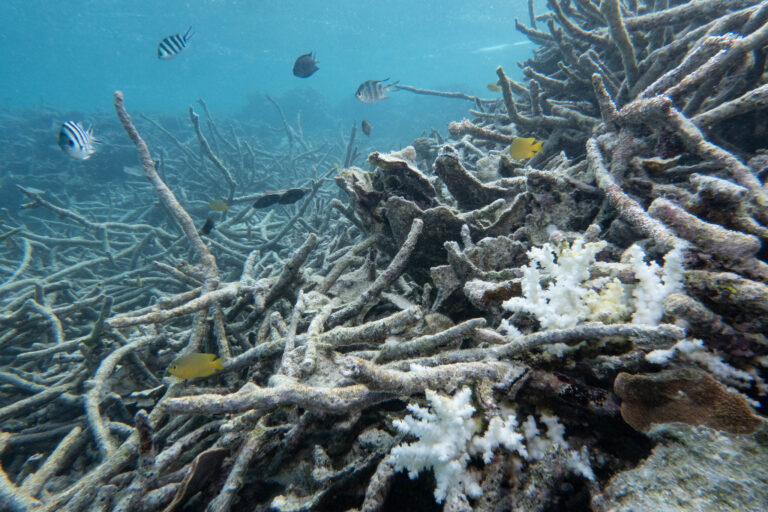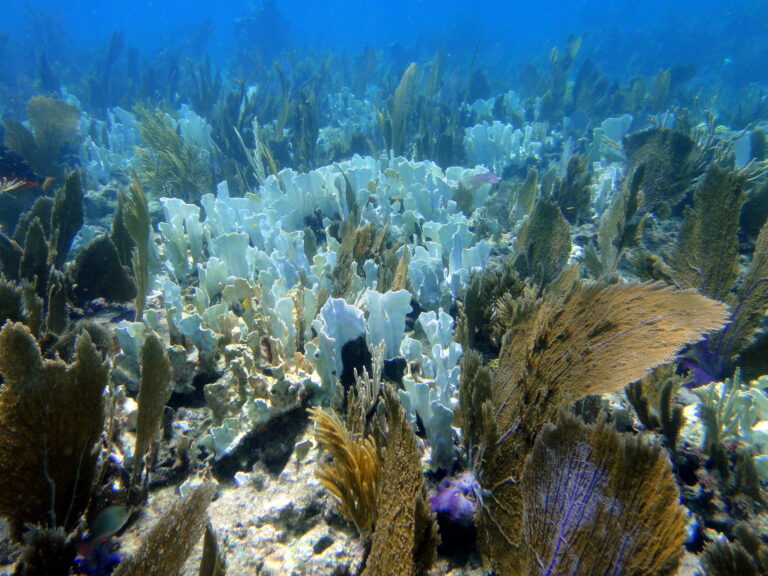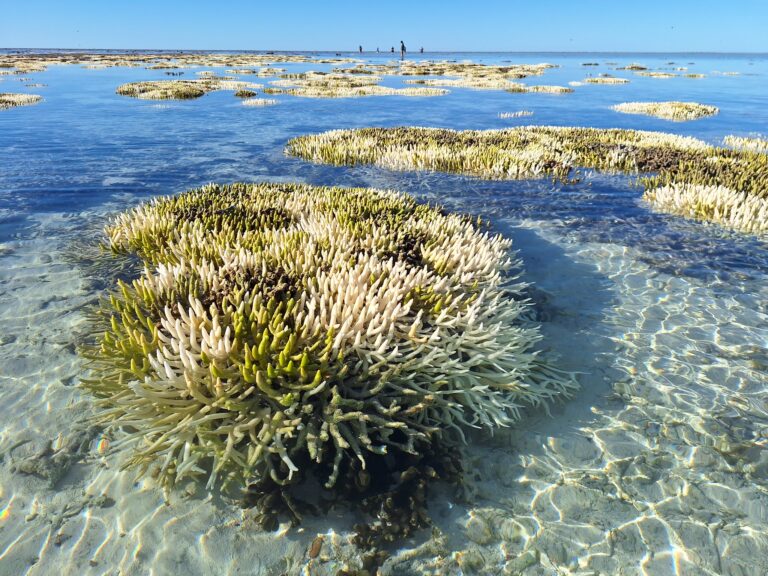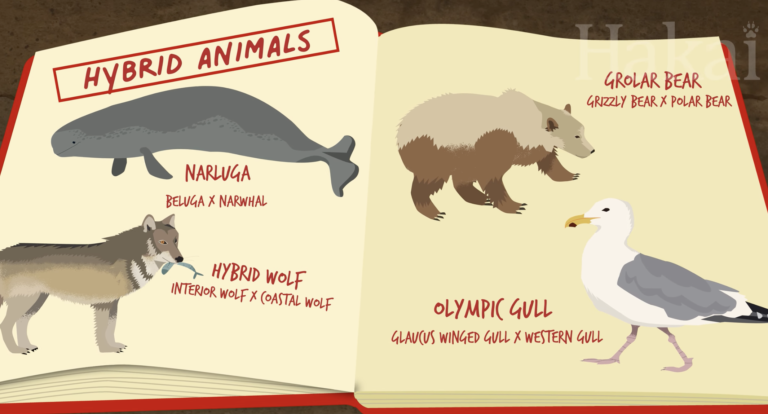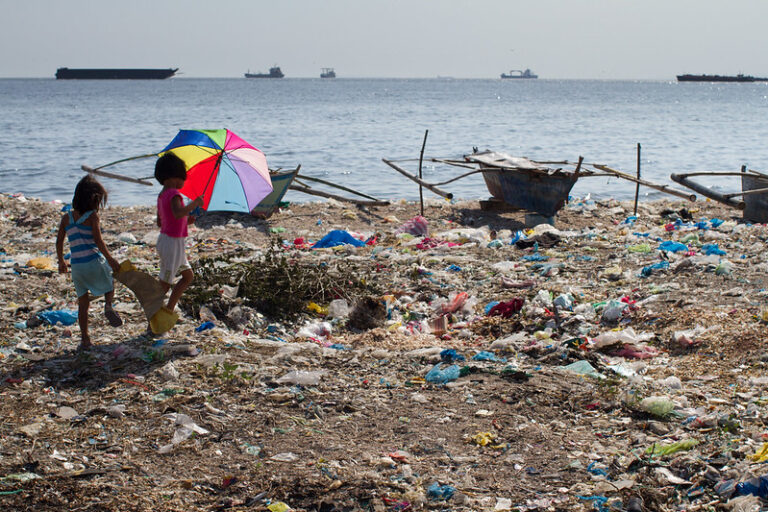– Hakai Magazine (11-14 -2024)
Excerpt:
These marine-themed children’s books have lessons to share without sacrificing story.
One of the biggest mistakes novice children’s book writers make is to assume that a story must teach something. An overt message—share, don’t be a bully, eat your veggies—can make for a boring book. There can, of course, be a lot to learn in children’s books, but it takes a deft hand to avoid being didactic. Several of this season’s marine-themed books tackle big subjects—death, extinction, fear, even a lost toy (a monumental disaster for some). But in the hands of these skilled writers and illustrators, any takeaway messages are secondary to a good story well told. First and foremost, these creators offer rich language, characters and places to care about, and beguiling adventures. Along the way, they help us learn something, too.
Dive, Dive into the Night Sea
Text and illustrations by Thea Lu
32 pp. Candlewick Studio
Life After Whale: The Amazing Ecosystem of a Whale Fall
Text by Lynn Brunelle
Illustrations by Jason Chin
48 pp. Neal Porter Books
It Bears Repeating
Text by Tanya Tagaq
Illustrations by Cee Pootoogook
24 pp. Tundra Books
Pau: The Last Song of the Kaua‘i ‘Ō‘Ō
Text and illustrations by Tony Piedra and Mackenzie Joy
40 pp. Candlewick Press
Have You Ever Heard a Whale Exhale?
Text by Caroline Woodward
Illustrations by Claire Victoria Watson
32 pp. Pownal Street Press
Sea Snooze
Text by Sarabeth Holden
Illustrations by Emma Pedersen
32 pp. Inhabit Media
Super Ocean Weekend: The Ultimate Underwater Adventure
Text and illustrations by Gaëlle Alméras
172 pp. Greystone Books
My Bunny Lies Over the Ocean
Text by Bill Richardson
Illustrations by Bill Pechet
36 pp. Running the Goat Books
– the Guardian (11-17 -2024)
Excerpt:
Pollution is affecting the climate, biodiversity, ecosystems, ocean acidification and human health, according to analysis
Plastic pollution is changing the processes of the entire Earth system, exacerbating climate change, biodiversity loss, ocean acidification, and the use of freshwater and land, according to scientific analysis.
Plastic must not be treated as a waste problem alone, the authors said, but as a product that poses harm to ecosystems and human health.
The authors gave their warning in the days before final talks begin in South Korea to agree a legally binding global treaty to cut plastic pollution. Progress towards a treaty on plastic pollution has been hindered by a row over the need to include cuts to the $712bn plastic production industry in the treaty. At the last talks in April, developed countries were accused of bowing to pressure from fossil fuel and industry lobbyists to steer clear of any reductions in production. The discussions in South Korea, which start on 25 November, mark a rare opportunity for countries to come to an agreement to tackle the global crisis of plastic pollution.
Plastic pollution is changing the processes of the entire Earth system, exacerbating climate change, biodiversity loss, ocean acidification, and the use of freshwater and land, according to scientific analysis.
Plastic must not be treated as a waste problem alone, the authors said, but as a product that poses harm to ecosystems and human health.
The authors gave their warning in the days before final talks begin in South Korea to agree a legally binding global treaty to cut plastic pollution. Progress towards a treaty on plastic pollution has been hindered by a row over the need to include cuts to the $712bn plastic production industry in the treaty. At the last talks in April, developed countries were accused of bowing to pressure from fossil fuel and industry lobbyists to steer clear of any reductions in production. The discussions in South Korea, which start on 25 November, mark a rare opportunity for countries to come to an agreement to tackle the global crisis of plastic pollution.
In 2022 at least 506m tonnes of plastics were produced worldwide, but only 9% gets recycled globally. The rest is burned, landfilled or dumped where it can leach into the environment. Microplastics are now everywhere, from the top of Mount Everest to the Mariana Trench, the deepest point on earth.
The new study of plastic pollution examined the mounting evidence of the effects of plastics on the environment, health and human wellbeing. The authors are urging delegates at the UN talks to stop viewing plastic pollution as merely a waste problem, and instead to tackle material flows through the whole life pathway of plastic, from raw material extraction, production and use, to its environmental release and its fate, and the Earth system effects.
“It’s necessary to consider the full life cycle of plastics, starting from the extraction of fossil fuel and the primary plastic polymer production” said the article’s lead author, Patricia Villarrubia-Gómez, at Stockholm Resilience Centre.
The research team showed that plastics pollution was changing the processes of the entire Earth system, and affected all pressing global environmental problems, including climate change, biodiversity loss, ocean acidification, and the use of freshwater and land.
“Plastics are seen as those inert products that protect our favourite products, or that make our lives easier that can be “easily cleaned-up” once they become waste,” Villarrubia-Gómez said. “But this is far from reality. Plastics are made out of the combination of thousands of chemicals. Many of them, such as endocrine disruptors and forever chemicals, pose toxicity and harm to ecosystems and human health. We should see plastics as the combination of these chemicals with which we interact on a daily basis…”
SHARE THIS ARTICLE
Beaches | Coasts of the Month . . .
Photos of the Month . . .
– San Francisco Chronicle (11-14-2024)
On Thursday, California’s main coastal protection agency approved a $175 million climate-related project that will transform the southern portion of San Francisco’s Ocean Beach despite fierce opposition from some members of the public. A sticking point is a massive seawall that some surfers fear could make the beach disappear…
Otobong Nkanga’s site specific installation “Cadence” in the Museum of Modern Art Atrium © 2024 Esther Saskin.
– the New York Times
Excerpt:
Otobong Nkanga’s installations can seem simultaneously futuristic and primordial, apocalyptic and utopian. Her latest opens at the museum this week.
Nkanga’s voice is often a facet of her site-specific installations…They are put together from tapestries, drawings, photographs and ceramics, which she assembles with found natural materials, and sometimes augments with performances and other sensory elements, like scents from herbs and oils.
“My work is connecting all these things and making it clear that it’s all intertwined,” Nkanga said...”
CURRENT NEWS + RECENT POSTS
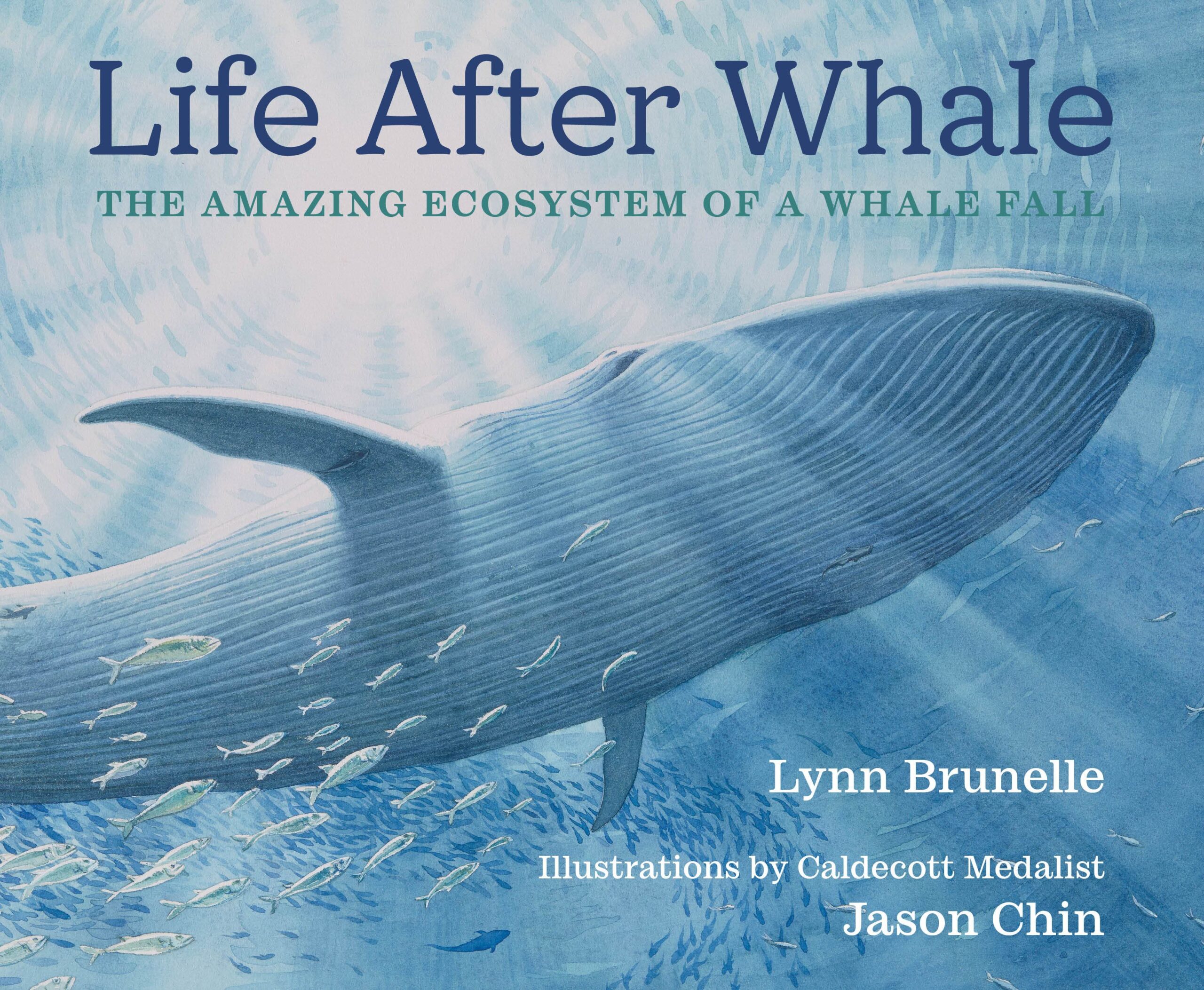
Little Books with Big Subjects – Hakai Magazine
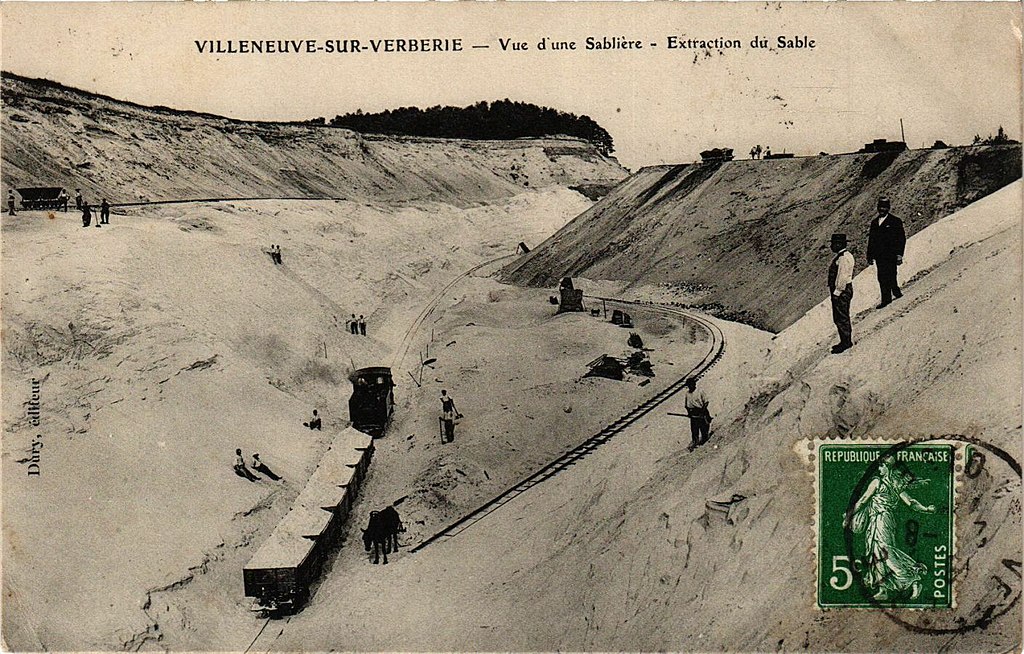
A Civilization Built on Sand – Le Figaro


